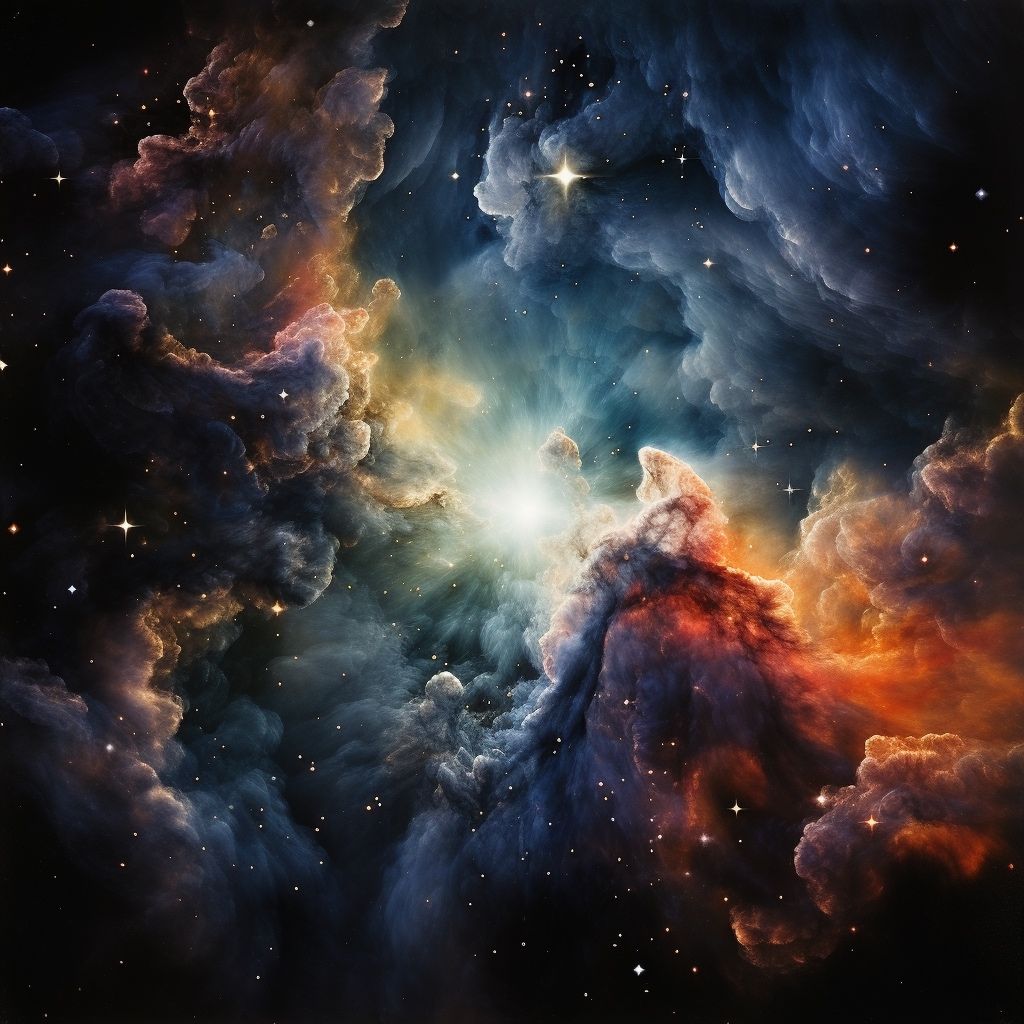Astrophysics aims to understand the origins and evolution of the universe through studying celestial objects like stars, galaxies, and cosmic radiation. Recent research has provided intriguing new clues into these cosmic mysteries. Here are some highlights from three recent studies:
Probing the Invisible with Powerful X-Rays
One preprint explores how a proposed NASA mission called the Line Emission Mapper (LEM) could detect signals from dark matter decay. Dark matter makes up about 85% of all matter in the universe but does not interact with light. Some dark matter candidates like axions and sterile neutrinos are expected to decay into x-rays that LEM could potentially detect.
LEM would have unprecedented sensitivity to faint x-ray signals. If approved, it could probe dark matter lifetimes over 10 billion times longer than current limits, representing the first instrument capable of such sensitivity. Detecting dark matter decay would provide critical clues into the nature of this mysterious substance.
Searching for Fossil Clues in the Milky Way’s Stellar Halo
The stellar halo of the Milky Way holds clues to its formation history. One recent paper studied how the motions of the Large Magellanic Cloud (LMC), a satellite galaxy orbiting the Milky Way, could distort the distribution of old halo stars. Their simulations found that the LMC can torque the orbits of highly elongated halo stars as it passes near the Milky Way’s center.
This effect causes distinctive stripe-like patterns in plots of the orbits’ angular momentum over time. However, these patterns disappear if the gravitational potential is not perfectly symmetrical (axisymmetric). The authors suggest that the absence of such patterns in real halo star data discourages using axisymmetric models for the inner Milky Way halo. More accurate non-axisymmetric models will improve our understanding of the Milky Way’s formation.
Neutrino Winds Shape the Large-Scale Structure
A third study explored how relic neutrinos, abundantly produced in the early universe, can accumulate behind moving concentrations of dark matter due to their velocities. This creates a “neutrino wind” that causes dynamical friction, slowing the motion of dark matter halos. It also reduces correlations between the distributions of neutrinos and dark matter.
The paper calculates observable effects of these neutrino winds on the clustering of matter and galaxies across cosmic space and time. While challenging to detect, they show how future surveys could potentially find signs of neutrino winds in three-point correlations, or bispectra, opening a new window into measuring neutrino properties like mass. Unraveling the role of neutrinos remains a key quest in cosmology today.
Together, these three studies showcase how new instruments, simulations, and theoretical advances are pushing the frontiers of astrophysics and cosmology. By employing cutting-edge techniques, researchers continue uncovering tantalizing clues into the contents and evolution of our vast and ancient universe.



